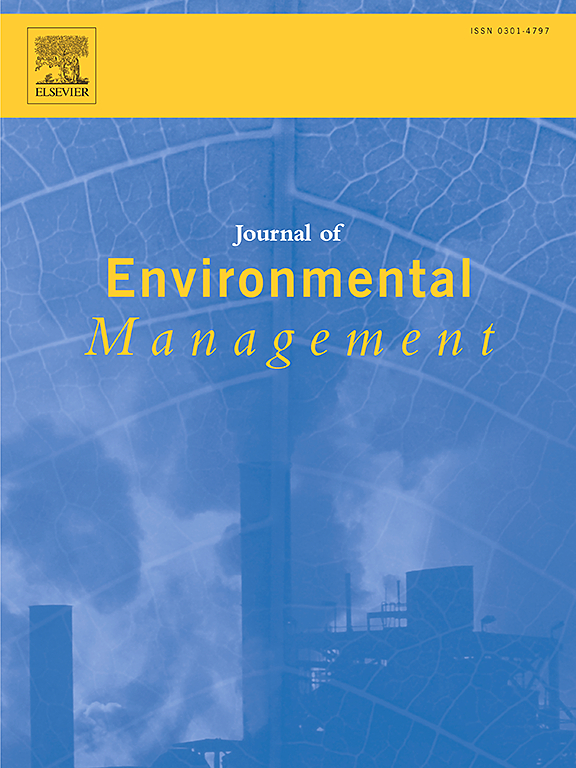Mapping the probability of forest fire hazard across the European Alps under climate change scenarios
IF 8
2区 环境科学与生态学
Q1 ENVIRONMENTAL SCIENCES
引用次数: 0
Abstract
Forest fires are increasing in frequency and intensity worldwide due to the anthropogenic climate change, threatening people's lives and causing huge economic and environmental damages. Recent forest fire events suggest that forest fires are also an urgent issue in the European Alps, but studies assessing the forest fire hazard under future climate scenarios are still rare. Thus, this study aims to analyse the impacts of climate change on the probability of forest fire hazard across the European Alps and surrounding areas. In specific, we (1) explain the current forest fire hazard based on a set of environmental and anthropogenic parameters, and (2) map the forest fire hazard under current and future conditions across the study area using geographically weighted regression. Our results suggest that the fire hazard mainly depends on the frequency of lightning strikes, the annual mean temperature, and the precipitation seasonality. Overall, our results indicate a future increase in forest fire hazard, which is already significant under the SSP126 (+15.5%), while highest increases occur under the SSP370 (30.6%) and the SSP585 (35.4%). However, while the impacts are less pronounced in already fire-prone regions in the southwestern regions in France, the probability of forest fire hazard will greatly increase in the Northern and Eastern regions. Our findings emphasize the urgent need to address these climate-related challenges by decision-making and management through fire-smart forest management. Nevertheless, further efforts are needed to overcome current limitations related to data availability and uncertainties in future scenarios.
求助全文
约1分钟内获得全文
求助全文
来源期刊

Journal of Environmental Management
环境科学-环境科学
CiteScore
13.70
自引率
5.70%
发文量
2477
审稿时长
84 days
期刊介绍:
The Journal of Environmental Management is a journal for the publication of peer reviewed, original research for all aspects of management and the managed use of the environment, both natural and man-made.Critical review articles are also welcome; submission of these is strongly encouraged.
 求助内容:
求助内容: 应助结果提醒方式:
应助结果提醒方式:


